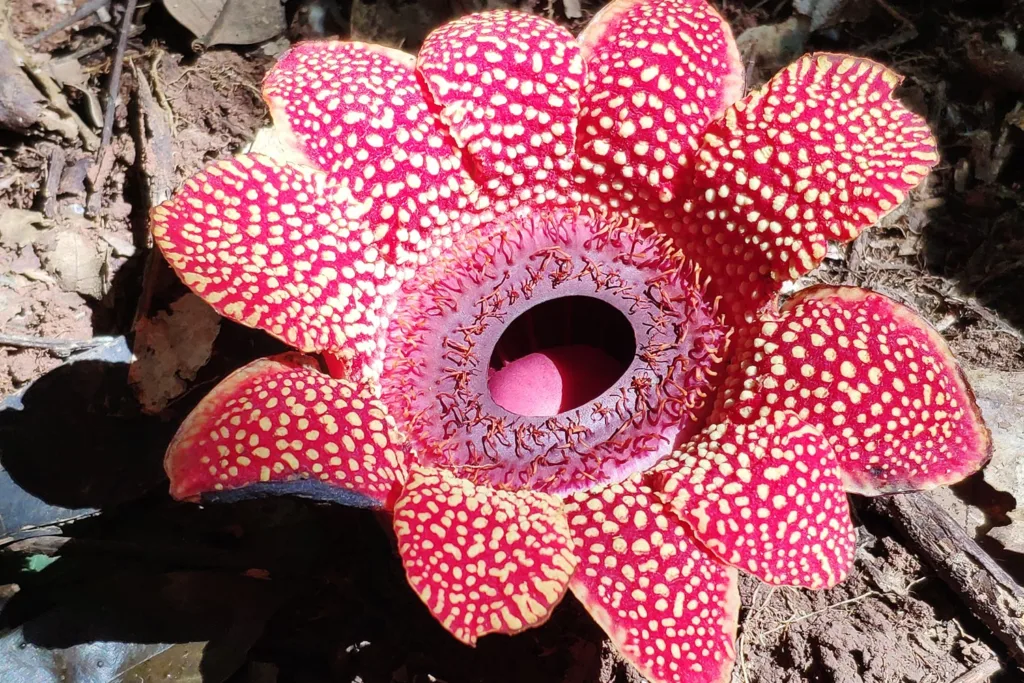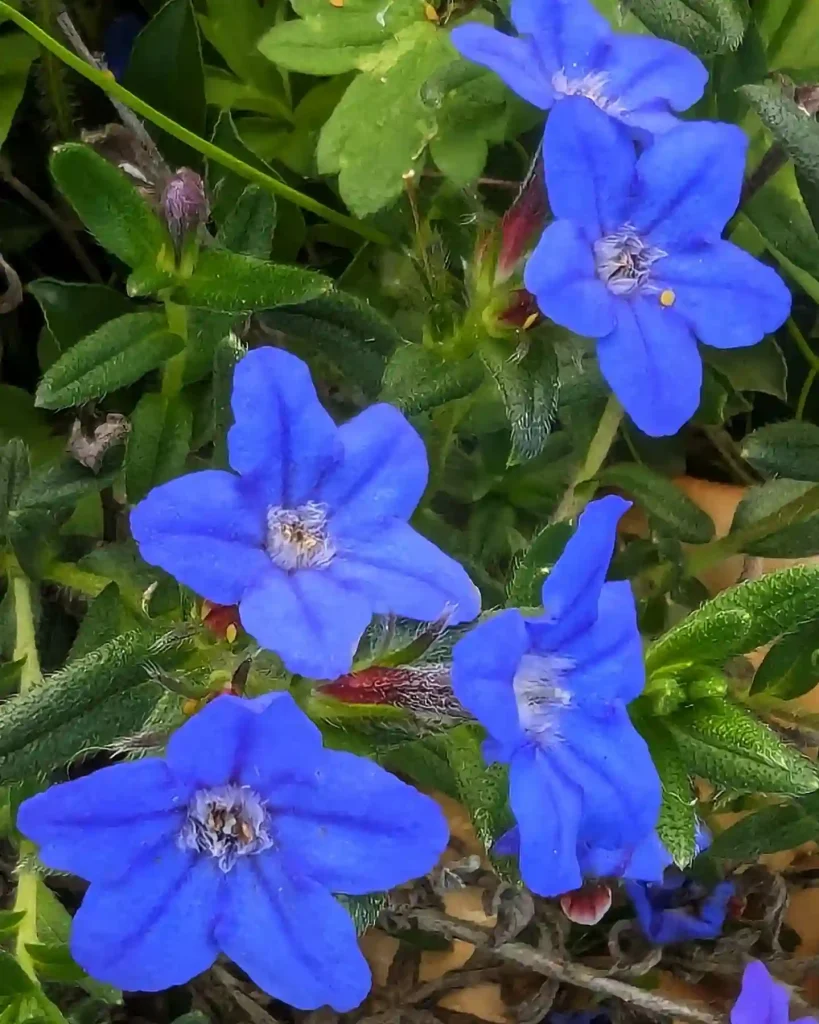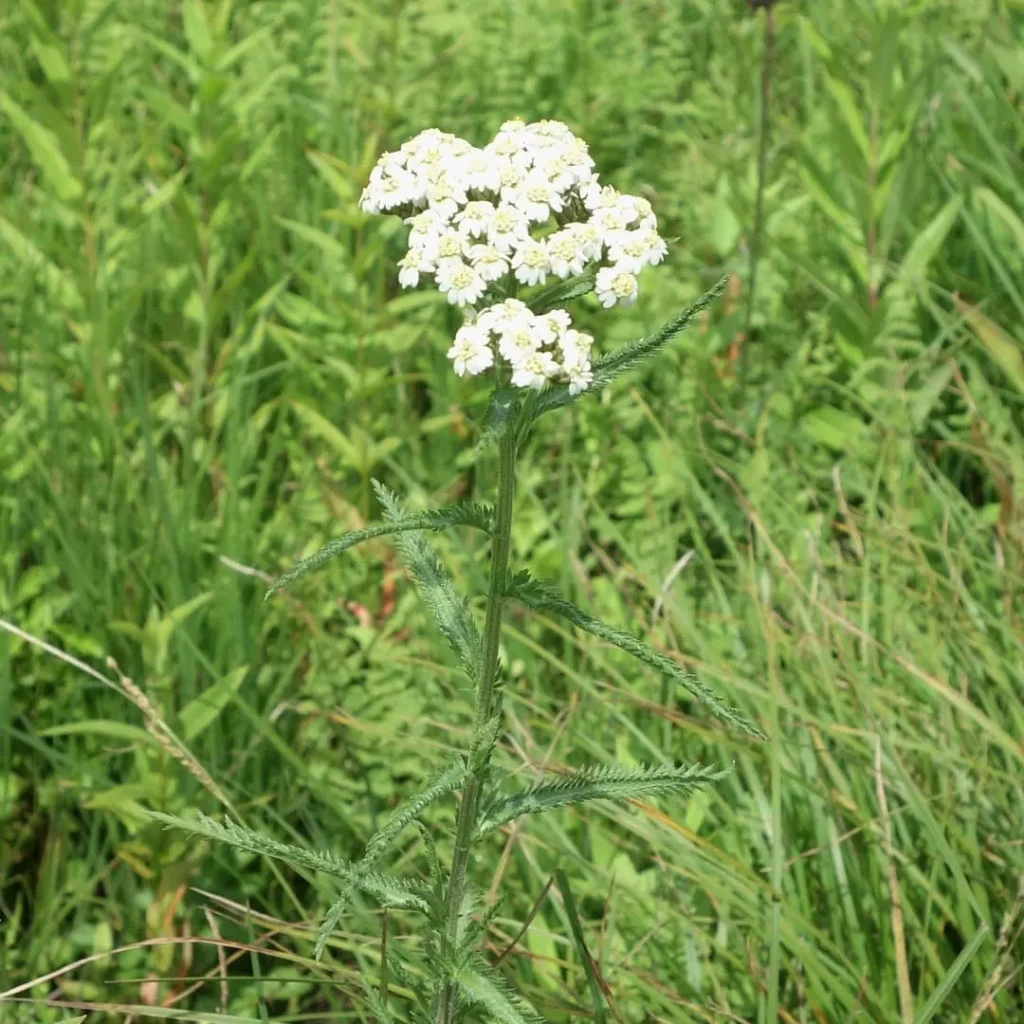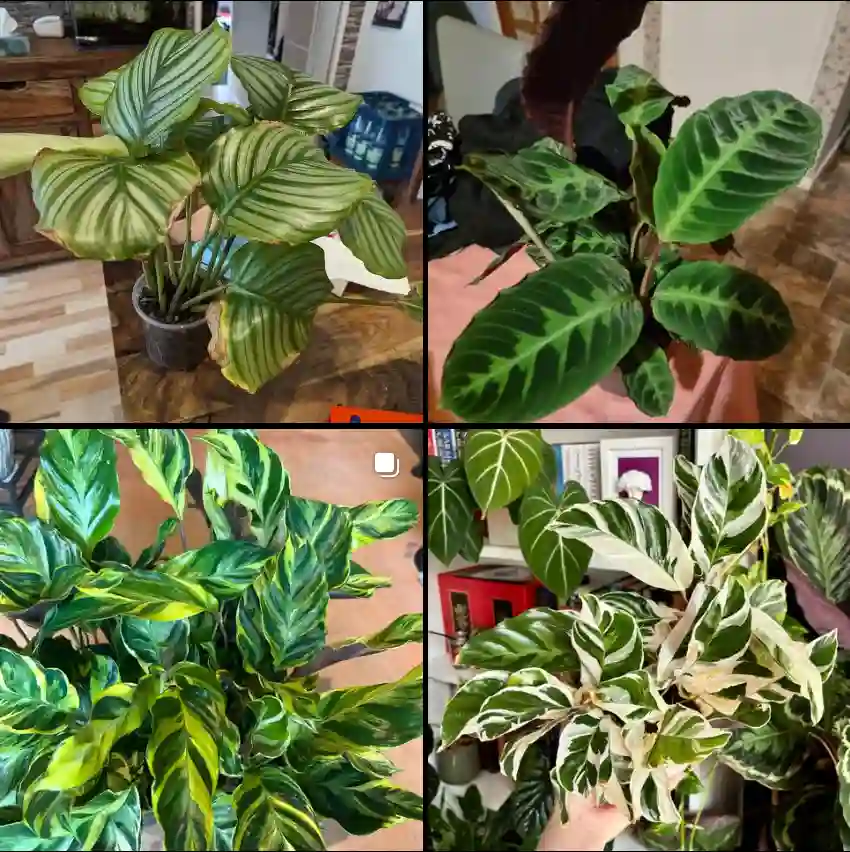
How to prune a banana tree?
Pruning my banana trees is kind of a constant battle! They grow like crazy, so it feels like I’m always at it with the shears. The biggest thing I’ve learned is to focus on keeping just one main stalk and one pup growing at a time. Those suckers come up fast, and if I let them all grow wild, they steal energy from the bunch I actually want to harvest. Also, removing any dead or brown leaves at the bottom helps a lot. It lets more light reach the bananas and keeps the whole plant looking a bit tidier. I wouldn’t say I’m a pro yet, but my banana bunches are definitely getting bigger since I started this routine.
How to kill banana trees?
Thankfully, I haven’t ever had to kill a banana tree myself. They’re such interesting plants, and I always find a use for the pups that sprout up. But I have heard some folks talk about methods. One neighbor mentioned chopping the main stalk down low and then pouring kerosene into the cut. Apparently, that kills the main plant, but you gotta be careful with kerosene, it’s not exactly eco-friendly. Another option I overheard is using herbicide, but that worries me about what it might do to the soil. Honestly, if I ever needed to get rid of a banana tree, I think I’d try chopping it down low and then digging up the corm (the underground part) as thoroughly as possible. It’d be a workout, for sure, but at least it wouldn’t involve any harsh chemicals.
Are banana trees poisonous to dogs?
Phew, that’s a relief! Luckily, my playful pup, Charlie, can’t seem to resist giving the banana plant a good sniff whenever we’re outside. I was a little worried at first, since he likes to chew on everything. But after doing some research online and checking with the vet, I learned that banana trees are actually non-toxic to dogs.
Charlie does seem to enjoy chomping on the occasional fallen leaf, but it doesn’t seem to bother him a bit. Maybe it’s just the satisfying crunch? Either way, it’s good to know the banana plant isn’t something I need to worry about when it comes to Charlie exploring the yard.
Do banana trees die after fruiting?
It’s kind of a funny thing with banana trees. The main stalk that produces the yummy bananas does die back after fruiting, and that can look a bit dramatic at first. I remember the first time it happened, I thought my whole plant was a goner! But then, right at the base, a new little pup will start popping up. It’s like nature’s built-in replacement plan.
So, the stalk that fruited dies, yes, but the banana plant itself isn’t truly dead. It’s more like a relay race, with one stalk passing the baton (or, I guess, the banana bunch) to the next one. Pretty clever, huh? Thanks to those pups, I’ve been getting bananas from the same “plant” for years, even though the individual stalks come and go.
How do banana trees reproduce?
Unlike most fruit trees I fuss over, banana trees don’t really rely on seeds to multiply. It’s a whole different system down there underground! They reproduce through these underground runners called rhizomes, and they send up shoots that become new banana trees. I call them pups, because that’s exactly what they look like – little baby banana trees popping up around the momma plant. It’s pretty neat to watch them grow, these tiny green swords turning into leafy stalks over time. The best part is that these pups are genetic copies of the mother plant, so I know exactly what kind of bananas I’m going to get. No surprises, just delicious predictability!
How much water does a banana tree need? Do banana trees need a lot of water?
You’re right, banana trees are like tropical water lovers! They definitely need a good amount of water, especially compared to some other plants. Imagine this: big, leafy giants constantly soaking up the sun. All those leaves put out a lot of water vapor through transpiration, which means they need a good amount coming back in to stay happy.
In hot weather, I water my banana trees deeply every other day or so. That soak ensures the water reaches all the way down to the roots, where it really counts. The key is to find that perfect balance between moist and soggy. Soggy soil can lead to root rot, so while they need a lot, they don’t want to be swimming.
So, to answer your question, yes, banana trees do need a lot of water compared to some plants, but not so much that they’re constantly sitting in a puddle. Think of it like a consistent shower, not a dunk in the pool!
How tall does banana tree grow?
My banana trees always amaze me with how fast they shoot up! They’re not exactly towering giants, but they definitely hold their own in the height department. Depending on the variety, I’ve seen them reach anywhere from 10 to 20 feet tall. That’s pretty impressive for something that technically isn’t a tree, but a giant herb!
The taller ones, like my Musa acuminata, provide a lovely bit of shade on my patio. The shorter ones, like the Japanese banana (Musa basjoo), are perfect for adding a tropical touch without taking over the whole yard. No matter the height, though, all my banana trees share that same lush, green personality that just screams sunshine and vacations.
How to fertilize banana trees?
Fertilizing my banana trees is like giving them a healthy breakfast to fuel their growth. They’re heavy feeders, especially when they’re putting on a bunch of bananas. I usually use a balanced fertilizer with a ratio like 8-10-8 (nitrogen-phosphorus-potassium). During the spring and summer, when they’re growing like crazy, I’ll feed them about once or twice a month. The key is not to overdo it, though. Too much fertilizer can burn the roots. I like to sprinkle the fertilizer around the base of the plant, keeping it a bit away from the trunk to avoid any scorching. Then, I follow up with a good watering to help the nutrients soak in. It’s like a banana smoothie straight to the roots! Since they slow down in the cooler months, I don’t worry about fertilizing as much then. Just like me, they deserve a bit of a winter break from the feeding frenzy!
Are banana trees toxic to cats?
Thankfully, my curious cat, Mittens, can explore around my banana tree without any worries. I did some research after I first caught her batting at the leaves, because you never can be too careful with feline explorers. To my relief, I learned that banana trees are non-toxic to cats.
That’s a huge plus for me. It means I don’t have to stress about Mittens taking a nibble on a leaf or two. While non-toxic, I still try to discourage her from munching on the plant too much. Just like with any houseplant, it’s probably not the best for their digestion. But a curious sniff or a playful swat? No problem, and it keeps my little jungle cat entertained.
Do bananas grow on palm trees?
Nope, bananas don’t grow on palm trees even though they look kind of similar! The plant that produces bananas is actually a giant herb, even though it’s called a banana “tree”. It’s more closely related to gingers and turmeric than palm trees. Confusing, right?
Here’s a quick way to remember: palm trees have woody trunks and feathery leaves, while banana plants have a soft, fleshy core and big, broad leaves. They might look tropical and beachy together, but they’re not botanical buddies.
How much is a banana tree?
The price of a banana tree can vary depending on a few factors:
- Size and variety: Smaller, common varieties like dwarf Cavendish banana trees will be cheaper than a taller, specialty variety like the Red Abyssinian banana tree.
- Maturity: Younger banana trees will be less expensive than ones that are already established and closer to producing fruit.
- Source: Online retailers, local nurseries, and big box stores can all have different pricing structures.
Based on my browsing, here’s a general idea of banana tree prices:
- Small, common varieties: $15-$40
- Larger, common varieties: $40-$70
- Specialty varieties: $70 and up
If you’re looking for a good deal, it might be worth checking out local nurseries or garden centers. They often have sales and can offer advice on which variety would do best in your climate.
Do deer eat banana trees?
Deer can be sneaky nibblers, and banana trees aren’t necessarily excluded from their buffet. While banana trees aren’t their first choice, they’ll definitely munch on them if other food is scarce or the banana tree is readily available.
Here’s what I’ve experienced:
- Tempting Treats: The tender shoots and leaves seem to be the most appealing parts to deer. I’ve seen them take a few chomps out of these newer parts of the plant.
- Fruit on the Menu: If there aren’t any other tasty options around, deer might even take a bite out of ripe bananas.
- Picky Eaters: That being said, deer typically prefer other plants like peas, apples, or veggies if they have a choice. Banana trees seem to be more of a last resort.
So, it depends on your situation. If you live in an area with a high deer population and limited food sources for them, your banana tree might be at risk. But if deer have other options, they might leave your banana plant alone.
Do banana trees grow in Florida?
Yes, banana trees can grow in Florida! In fact, Florida is one of the northernmost places where bananas can be grown commercially. The warm, humid climate in Florida is perfect for these tropical plants.
However, there are a few things to keep in mind if you’re thinking about growing bananas in Florida:
- Climate: The best place to grow bananas in Florida is in the southern part of the state, where the winters are mild. Banana trees can be damaged by frost, so if you live in a northern part of Florida, you may want to choose a cold-hardy variety.
- Soil: Banana trees prefer well-drained, fertile soil. If your soil is sandy, you will need to amend it with organic matter, such as compost or manure.
- Water: Banana trees need to be watered regularly, especially during the hot summer months. Allow the soil to dry out slightly between waterings, but don’t let the plants wilt.
- Fertilizer: Banana trees are heavy feeders and will benefit from regular fertilization. Use a balanced fertilizer that is formulated for bananas.
With a little care, you can successfully grow banana trees in Florida and enjoy homegrown bananas!
Can banana trees grow in California?
Yes, banana trees can grow in California, but success depends on the specific location and variety. Most of California has a Mediterranean climate, with warm, dry summers and cool, wet winters. This climate is similar to the native habitat of bananas in Southeast Asia.
Here’s a breakdown of banana tree suitability in California:
- Southern California: This is the most favorable region for growing bananas in California. Areas between the coast and mountains, specifically USDA zones 24 to 21, benefit from the consistent marine layer that provides needed humidity and winter warmth.
- Central California: The climate in Central California is a bit more challenging for bananas. However, cold-hardy varieties like the Musa basjoo (Japanese banana) can grow in some areas, particularly in protected locations with well-drained soil.
- Northern California: The winters in Northern California are colder than what’s ideal for bananas. But with careful selection and winter protection, some cold-hardy varieties may survive, like the Musa sikkimensis (Sikkim banana).
Here are some tips for growing banana trees in California:
- Choose the right variety: Select a banana tree variety that is cold-hardy and suited to your specific climate zone.
- Plant in a protected location: Provide shelter from wind and cold temperatures. South-facing locations with good sun exposure are ideal.
- Ensure proper drainage: Banana trees don’t tolerate soggy soil. Amend your soil with organic matter if necessary to improve drainage.
- Water regularly: Water your banana tree deeply and regularly, especially during the hot summer months. Allow the soil to dry slightly between waterings.
- Fertilize: Feed your banana tree with a balanced fertilizer during the growing season.
- Winter protection: In colder climates, protect your banana tree from frost by wrapping the trunk with burlap or frost cloth. You can also mulch around the base of the plant to help insulate the roots.
With a little care, you can enjoy growing bananas in your California home!
If i die, water my plants!



